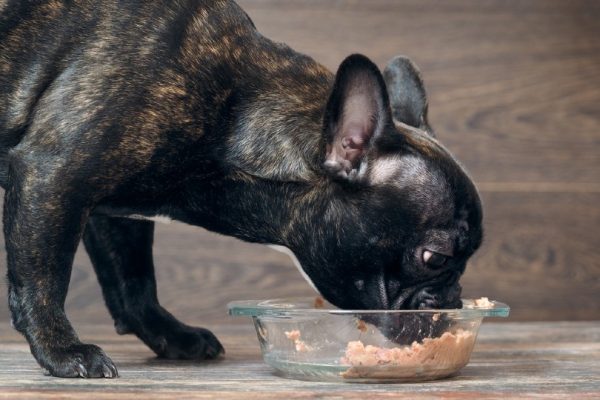Taro (Colocasia esculenta), or kalo, as it’s known in Hawaii, is a staple food and one of the oldest cultivated crops in the world. The United States is one of the top importers, capturing 38.9% of the global market in 2019. Hawaiians enjoy it as poi, chips, and other foodstuffs. It’s highly nutritious with a flavor that resembles potatoes. Sadly, taro is something you should definitely avoid sharing with your pup.
The fact remains that many parts of the plant, particularly in its raw form, are toxic. Cooking is imperative to eat it safely. While people can consume it, we don’t recommend feeding it to cats or dogs. Remember that our pets are not like people. They differ in their abilities to digest and metabolize the chemical components of foods and beverages. That explains why humans can eat taro and dogs cannot.

Toxicity of Taro
All parts of the plant are toxic, including the flowers, leaves, and fruit. The main reason is the calcium oxalate crystals it contains. These crystals exist in a number of plants and form needle-like structures called raphides that damage the mouth and throat when swallowed, causing inflammation, drooling, and swelling that may cause choking or significantly compromise breathing. Another problem with these crystals is that they combine with magnesium and calcium in the body—human or canine—causing a potentially life-threatening drop in these vital minerals. Magnesium and calcium affect every living cell in a mammal’s body, including heart and muscle function.
The other concern with taro and other plants containing these crystals is the formation of kidney stones or uroliths. This can lead to kidney failure because the salts accumulate in the kidneys and can form kidney stones. Research suggests that juvenile male dogs were more likely to experience this health condition. The findings also revealed that juvenile English and French Bulldogs are more susceptible to urolith formation, but this could be explained by the breed’s popularity making them overrepresented in the study in comparison to other breeds. The bottom line is that it’s best to avoid feeding your dog even cooked taro.

Quick processes like peeling and wilting are not effective ways to reduce the soluble oxalate of raw taro stems. Boiling for 60 minutes is the most effective way to reduce the soluble oxalate levels in the cooked taro tissue (by 84.2%), while average reductions of 62.1% were achieved when boiling was done for only 10 minutes. This is why humans must eat taro cooked and not raw.
Consumption of Raw Taro
We mentioned the toxicity of the plant parts. Some people like to plant an attractive cultivar of taro in their gardens called Elephant Ears. Others bring it indoors as a houseplant. Some dogs are so food-motivated and curious that anything is potential food to them, whether or not it’s safe for them to eat. The true risk of the calcium oxalate crystals becomes clear if your pup ingests any part of the taro plant.
The signs are sudden, with no mistaking that something is seriously wrong with your pet.
- Pawing at the mouth due to pain
- Redness and irritation of the gums
- Drooling
- Difficulty swallowing
- Vomiting
- Obvious distress
As the name implies, the crystals are sharp and will injure your pup’s mouth and throat if they eat taro. The situation can deteriorate rapidly if your dog has managed to swallow any pieces of taro. In very rare cases, it can also cause life-threatening breathing difficulties. Nevertheless, you should treat accidental ingestion as a medical emergency and seek veterinary care immediately.
Treatment involves ridding your pet of the poison while providing supportive care with intravenous fluids, to prevent dehydration and damage to the kidneys, and painkillers and antihistamines to help with the discomfort, swelling, and inflammation caused by the crystals. Your vet may recommend keeping your dog overnight to monitor its condition in case of any complications.
If you need to speak with a vet but can't get to one, head over to PangoVet. It's our online service where you can talk to a vet online and get the advice you need for your pet — all at an affordable price!
Taro as a Cultivated Plant
Taro has a lot going for it as a cultivated plant. You’re more likely to see it at the grocery store as a result. The time from farm to harvest is relatively short. It has strong disease and pest resistance. It’s highly adaptable to whatever kind of weather Mother Nature can throw at it. Although you may hear it called a root vegetable, people use the edible stem or corm for food. That’s the only part that is edible after cooking.

Conclusion
Taro is a classic example of a food that humans can eat but you should never offer your pet. While cooking does destroy most of the crystals, it’s not worth putting your pup through the misery of consuming undercooked taro and having to rush to the vet for emergency treatment. Besides, plenty of other treats are available to give your pet.
Related Read:
Featured Photo Credit: 271 EAK MOTO, Shutterstock


















